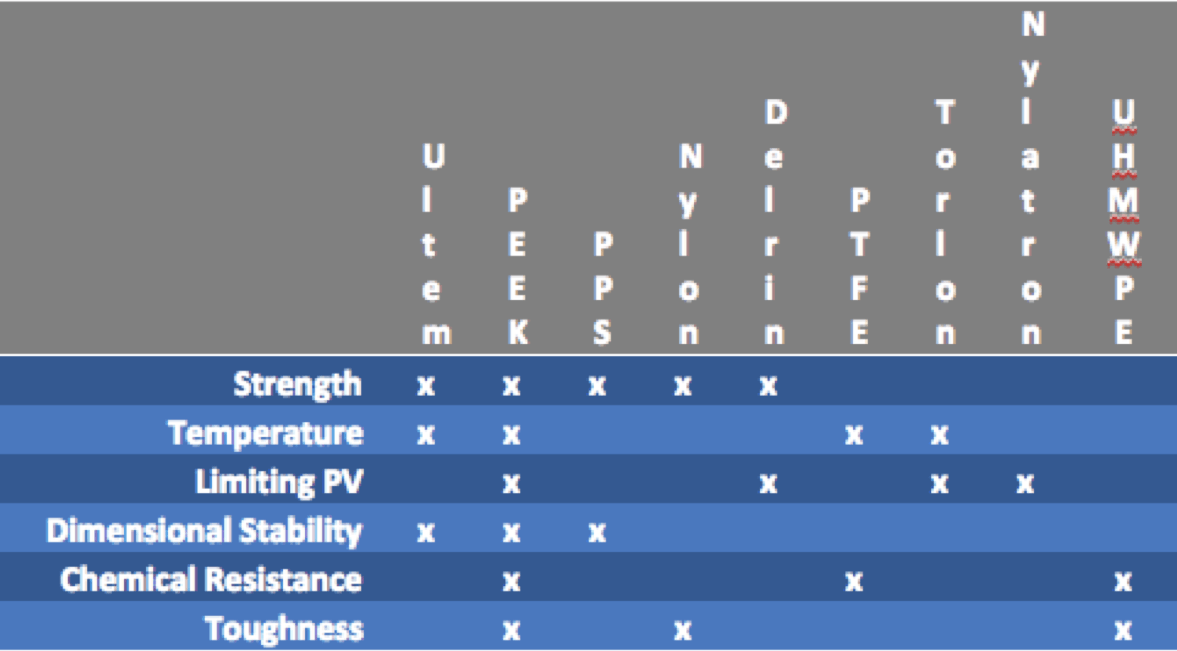There are certain polymers out there that can be classified as millable or machinable. When millable plastics are needed for the aggressive environments encountered by oil and gas equipment, the challenge to find a suitable polymer becomes even harder.
In this blog post, we are going to discuss millable plastics in the context of the oil and gas industry.
Challenges of Millable Plastics
Believe it or not, machining plastics can be far more complicated that machining metal. Issues include material that can bend and change shape while you are cutting it, cracks when a degreaser is applied, and material that chips or even melts when you try to cut it. Some polymers lend themselves to this process much better than others and are classified as millable plastics or machinable plastics. They lend themselves to being shaped and formed by the typical cutting processes found in machining.
Challenges of the Oil and Gas Industry
Any time polymers are used for machinery and equipment in the oil and gas industry, one can expect a harsh working environment that can destroy many materials. High pressures, extreme temperatures, and aggressive chemicals are just few of the major challenges faced. Whether the issue is polymer seals or polymer bearings, they need to be strong, heat resistant, and chemically resistant. They often need to have a high limiting PV, be dimensionally stable, and exhibit toughness, too.
Millable Polymers
The most commonly used millable polymers are Ultem, PEEK, PPS, Nylon, Delrin, PTFE, Torlon, Nylatron, and UHMW PE. While all of these polymers can be machined, they are not all appropriate for oil and gas applications, as can be seen in the table below.
Millable Polymers for Oil and Gas Applications
The polymers that rise to the top when it comes to being machinable and having the necessary properties for the oil and gas industry include PEEK, which offers excellent characteristics in all the areas of concern. Next is Ultem (polyetherimide), which offers excellent strength, a good range of operating temperatures, and excellent dimensional stability. We also see Nylon as another commonly used millable polymer for oil and gas equipment, offering outstanding strength and toughness.
Not mentioned in the table but equally millable is millable polyurethane rubber, which would be classified are more of an elastomer than a polymer. It does, however, find extensive application in oil and gas.
Other Millable Polymers
The remaining millable plastics may be suitable depending on the particulars of the application. Consider Nylatron, which is Nylon with molybdenum disulfide added. It offers an excellent limiting PV but may not be suitable for applications requiring chemical resistance of toughness. PTFE, also known by its trade name Teflon, offers an excellent range of operating temperatures and, of course, outstanding chemical resistivity but may not provide enough strength and toughness for more demanding applications.
Conclusion
When it comes to millable plastics for the rigorous demands of oil and gas equipment, the top choices are typically PEEK, Ultem, Nylon, and millable polyurethane (which is an elastomer rather than a plastic). They lend themselves to being formed by the cutting tools used in milling processes and have the physical properties needed to survive in harsh environments.
You may also enjoy these articles:
- 3 Key Factors: PTFE Spring-Energed Seals are First Choice for Oil and Gas
- Environmental Impact of PEEK in Oil and Gas


